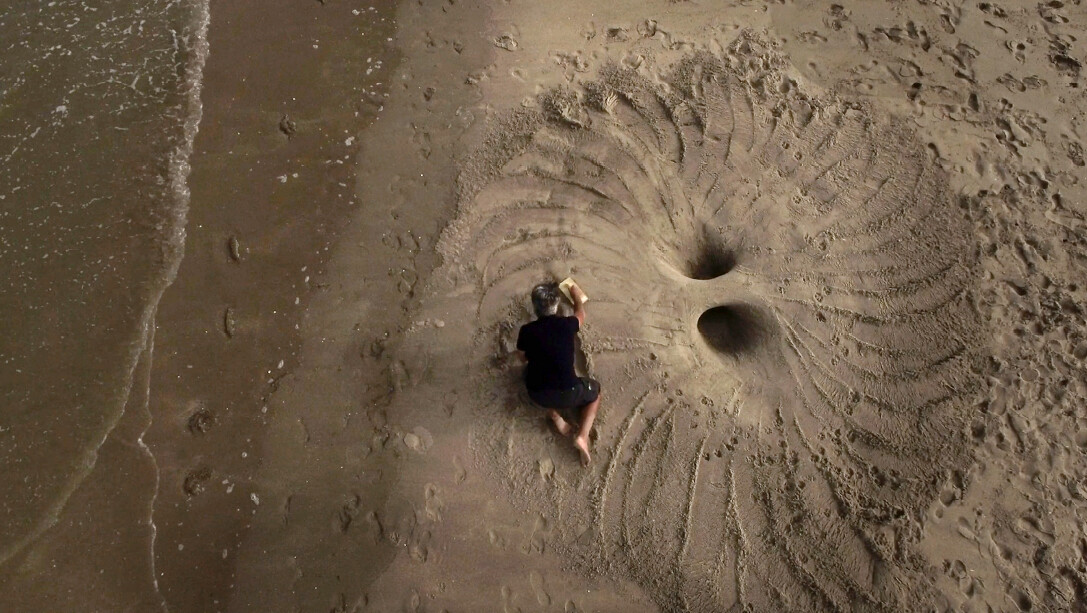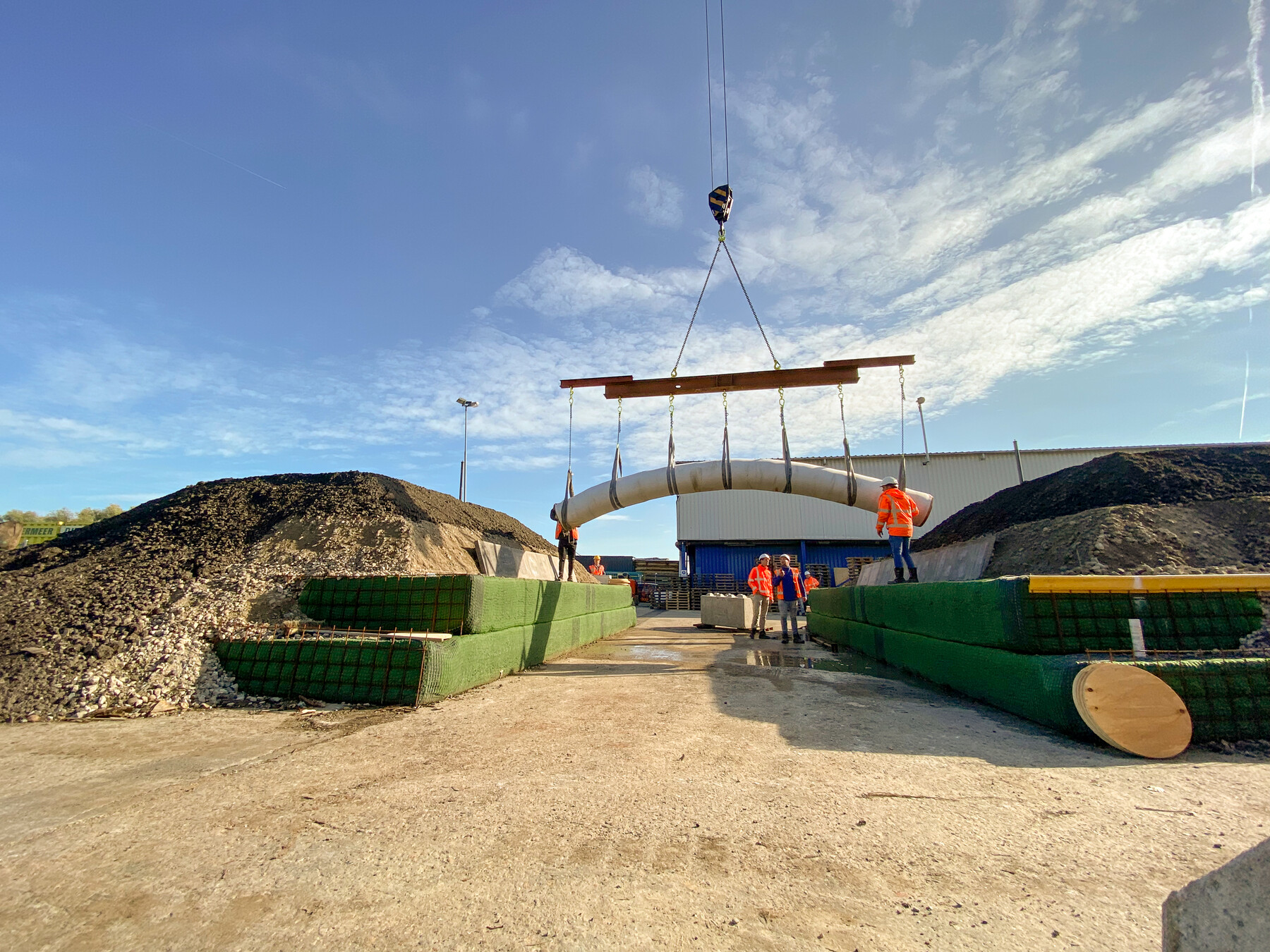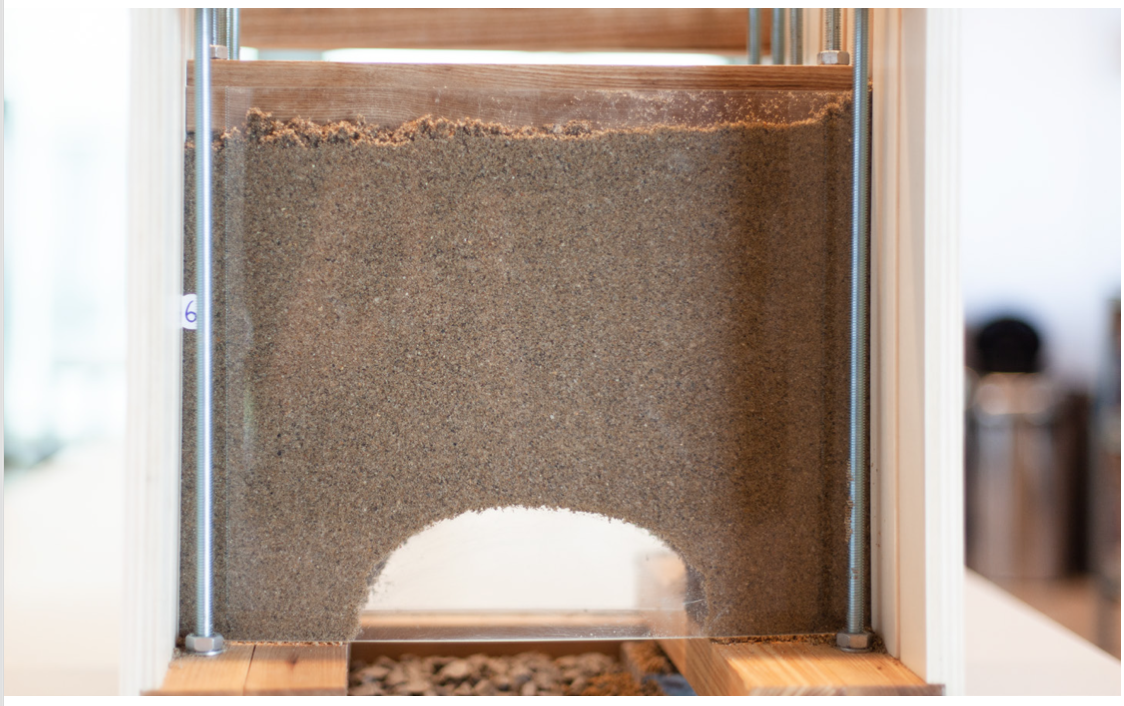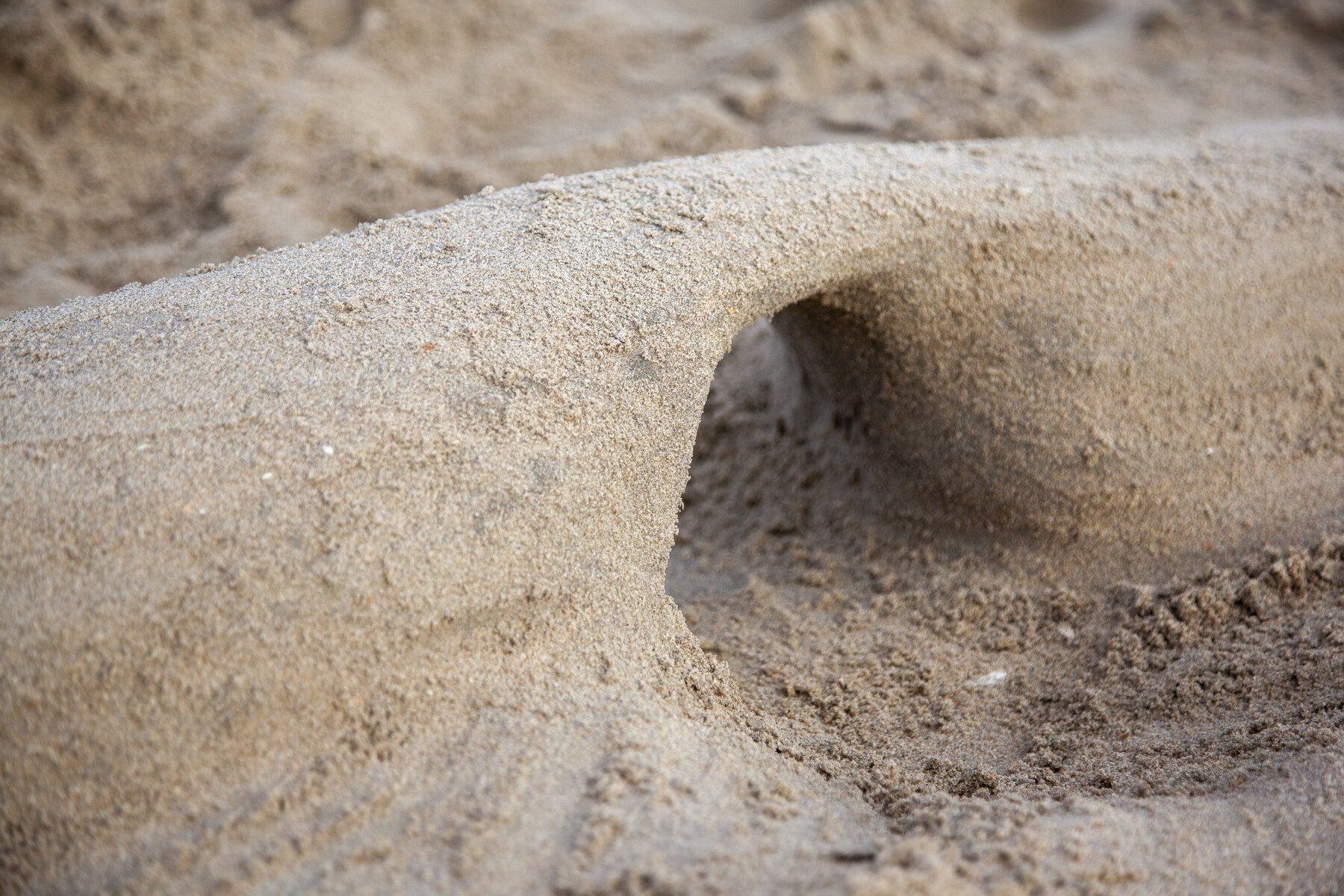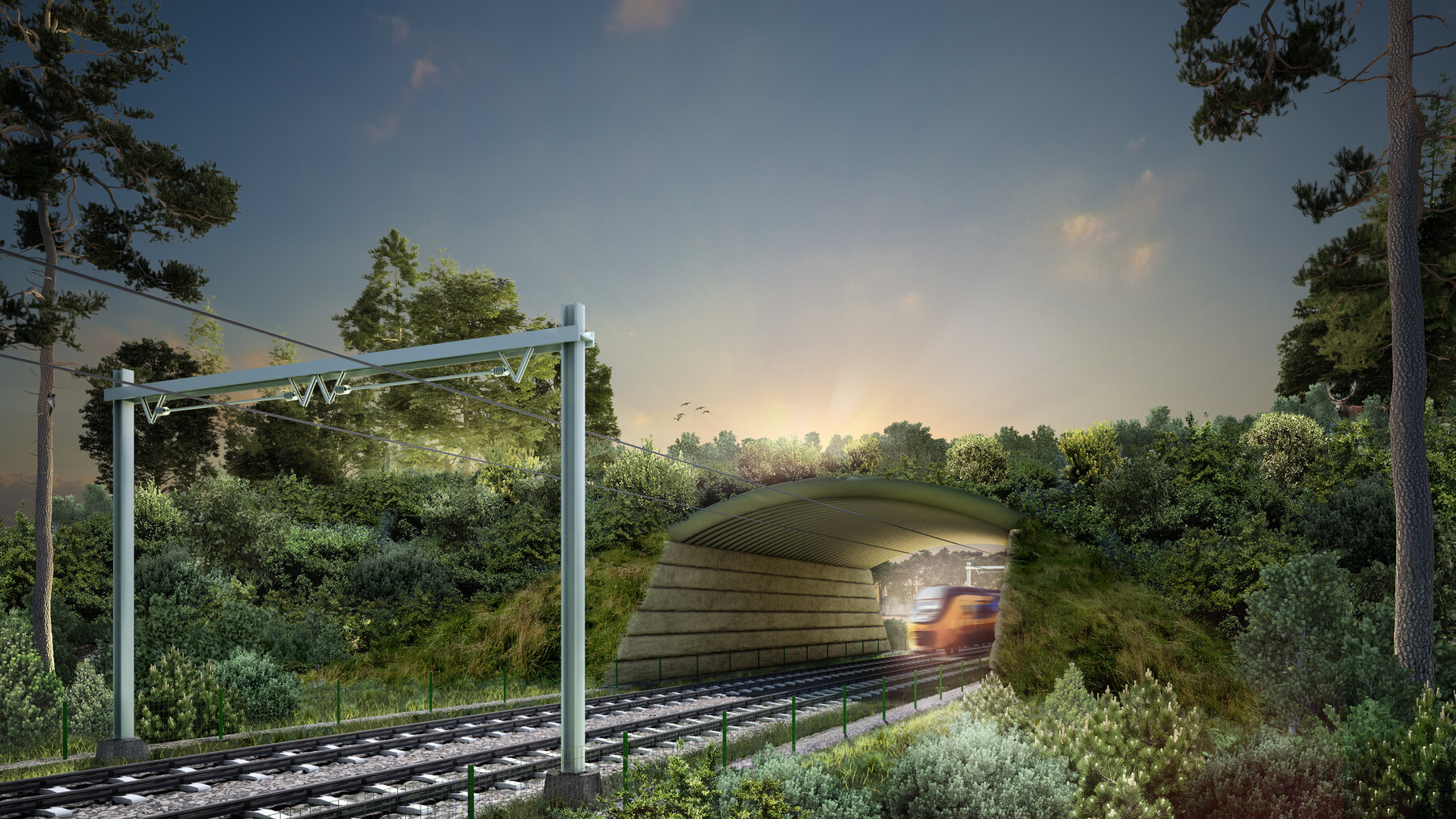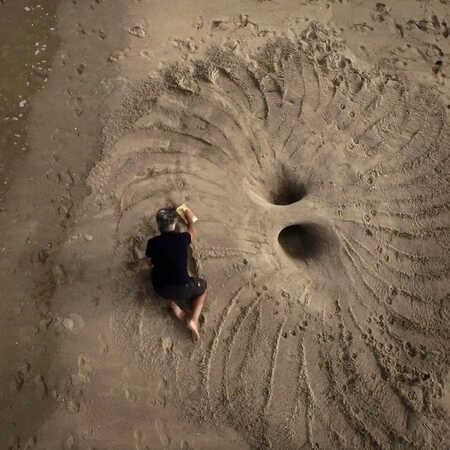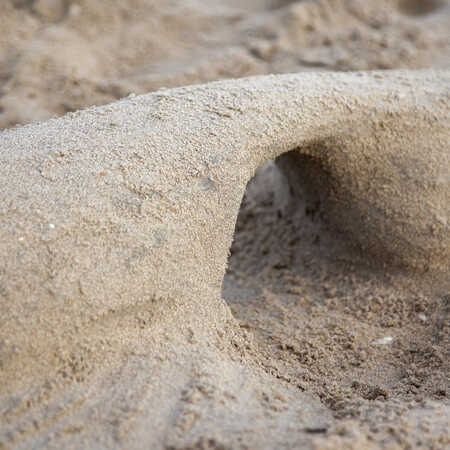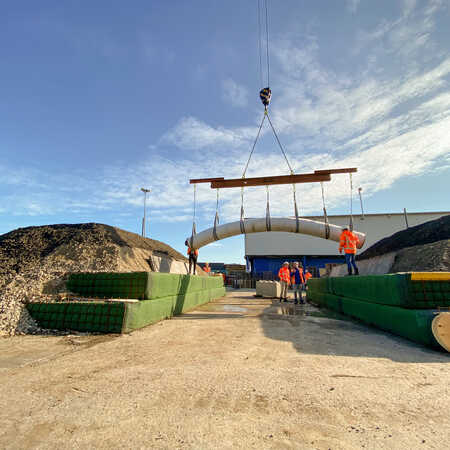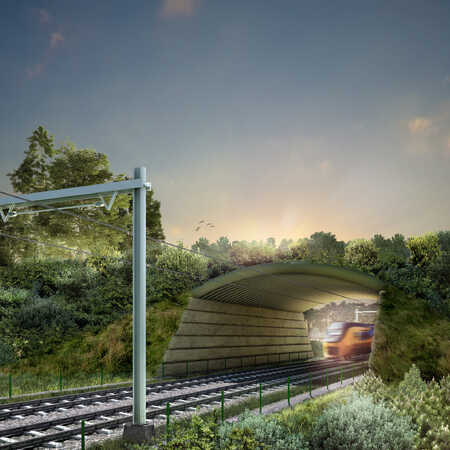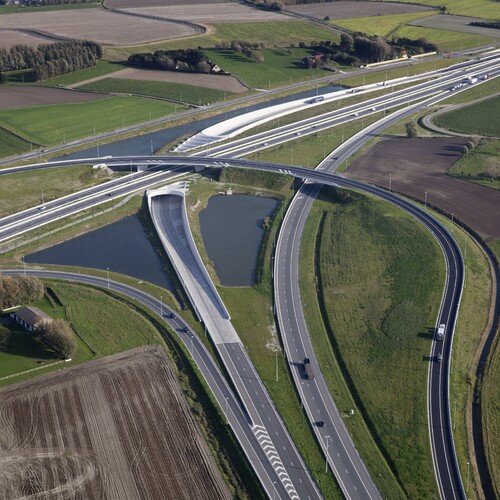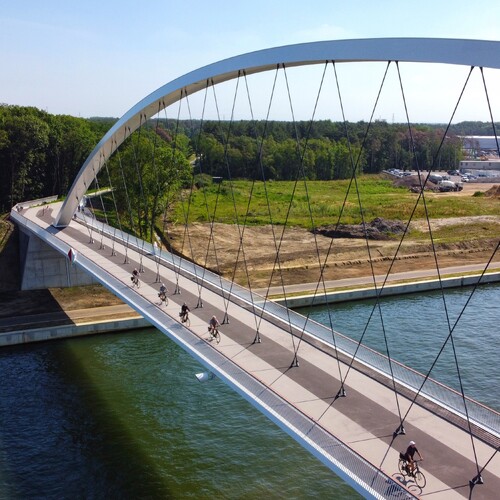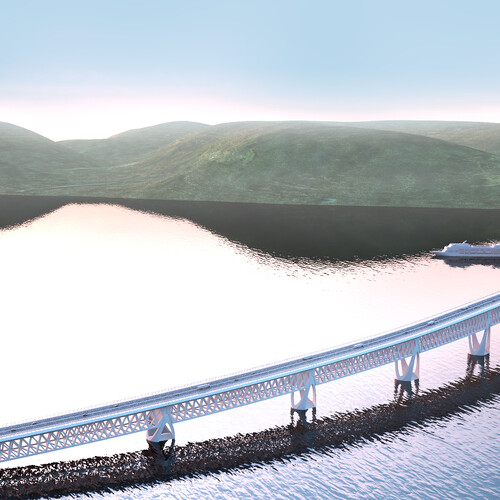The building industry is responsible for 50% of all extracted materials in the European Union, 35% of total waste generation and 5-12% of CO2 emissions. Greater efficiency in the use of materials would save 80% of emissions.[1] So it is crucial to use materials that are environmentally friendly and circular. Circular design means working with reusable materials and techniques that are geared to reuse.
Rijkswaterstaat (Directorate-General for Public Works and Water Management) has set itself the goal of making its construction work circular by 2030, as part of its aim of reducing the CO2 emissions the entire national government produces by 49% by that year. But what does the circular future look like in practice? Answering that question requires a great deal of research and technological innovation. So Rijkswaterstaat is now stimulating the sector by means of various subsidies and competitions.
As part of a consortium of large and small companies, architectural studio ZJA has responded to the call to carry out research into circular viaducts. After a number of detours, the designers opted for the use of what are known as granular piles or geotextile encased columns (GECs), flexible tubes of seamless geotextile with sand poured into them, which are then braced in an arched form within a reinforced structure at ground level and thereby create a free span.
The concept is based on the elimination of the major emissions involved in the production of concrete and steel by the application of geotextile, which is made of recycled plastic and can itself be reused, in combination with local sandy soils. If the GeoDuct ever needs to be demolished, it can be recycled in its entirety. The sand from inside the geotextile becomes landscape again, while the plastic is removed and reused. So the circle is closed.
